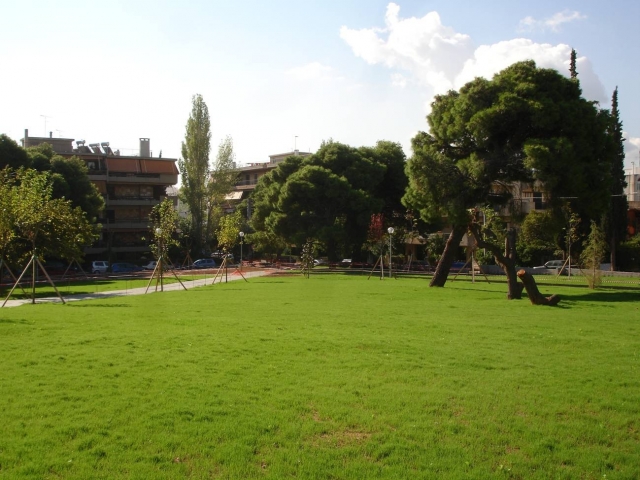Life in big cities is not simple. According to recent studies, residents of large urban centres are subjected to enormous hardships on a daily basis. Respiratory and heart problems, allergies, stress, noise and light pollution, as well as a dramatic lack of time for exercise are just a few of the elements of the unhealthy lifestyle in the big city.
Scientists associate a number of diseases with exposure to various forms of pollution. Some of these include:
- Skin diseases (dermatitis, premature aging and skin cancer)
- Diseases of the nervous system (stress and sleep disorders)
- Respiratory diseases (rhinitis, bronchitis, asthma, lung cancer)
- Diseases of the digestive, urinary and reproductive systems.
According to a study in London, students’ exposure to pollution from traffic increases the incidence of asthma by 15% to 30%. The discovery was confirmed by several other studies showing the direct link between exposure to traffic pollution and damage of the coronary arteries of the heart.
It is significant that people who have never smoked in their life, but live in areas with high air pollution, have a 20% higher risk of lung cancer than those who live in a cleaner atmosphere.

According to other studies, atmospheric pollution is to blame for the occurrence of headaches. Major causes of the disease include the ozone, carbon monoxide and small particles that are released into the air from exhaust fumes from petrol and gas engines.
Light pollution which is a characteristic of large cities is also harmful. Too much light causes blurred and reduced vision; it is also a frequent cause of headaches and insomnia. A large percentage of traffic accidents are also caused by light pollution.
But the biggest problem for urban residents is the rhythm of life and its effects on mental health. Various studies have shown that the risk of suffering from stress and behavioural disorders is higher for people who were born and raised in cities.

According to Canadian researchers, the risk of stress reactions and disorders is 21% higher. Abrupt changes in mood are 39% more likely and the risk of developing schizophrenia is almost twice as high compared to people who do not live in cities.
In order to examine this group of diseases, German researchers also subjected apparently healthy individuals to MRI - residents of urban and rural areas.
They found that stress affected the brain’s amygdala - part of the system that regulates emotions - of people who lived in cities, more easily.
The singular cortex which is involved in the regulation of stress and negative moods is affected is a similar way. Other studies have linked increased incidence of schizophrenia and psychotic disorders to cities with social isolation, lack of support, relationships with other people and group spirit.
The "hostile" atmosphere of the urban environment is much more dangerous for children, the elderly and people with special needs. However, it does not necessarily thrive in low socio-economic conditions. Residents in poor neighbourhoods in cities tend to be friendlier than people living in middle-income neighbourhoods. There, the neighbour’s spirit is lost, human relations and social contacts as well. This absence is particularly noticeable in large residential complexes, which are characteristic of most modern cities.

Lack of gardens, large squares and parks as well as avenues with trees on the sidewalks burden air pollution and enhance the effect of warming in cities. At the same time, it has a negative effect on the social and psychological comfort of residents. In Attica, public green areas occupy only 1.5% to 2.5% of total spaces. Construction density in busy modern cities increases residents’ psychopathology, negative social behaviour and crime.
When there are other aggravating circumstances, such as poverty and poor living conditions, the negative effects of overcrowding are even stronger.